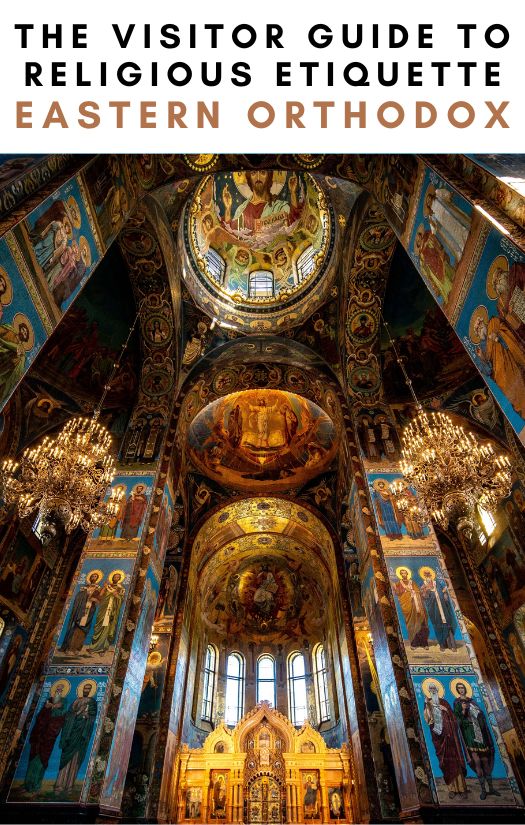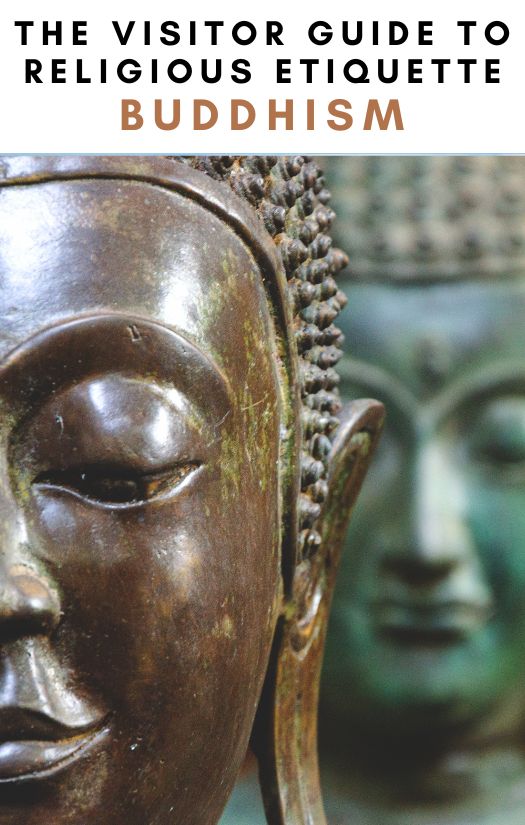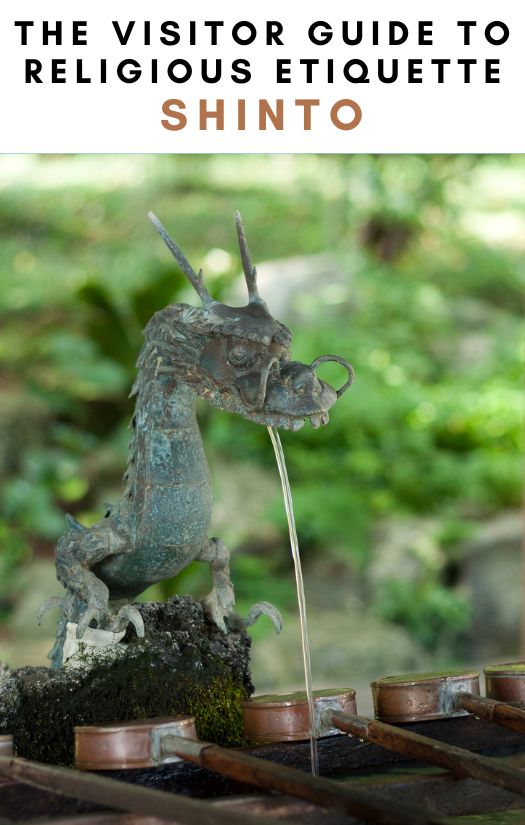Introduction disclaimer
The following is meant as a quick and basic summary of the Hindu religion for tourists and visitors. As such, it barely scratches the surface of the complexity of the belief system, its culture, and its traditions.
Like everybody else, I had a certain upbringing and education based on my origins, and like everybody else, my knowledge and view of the world are irreparably skewed by this, no matter how much education, openness, personal growth, change, and transformation occur.
I did not grow up in a Hinduist tradition, and therefore there are certainly a lot of important details that I do not cover or things that I represent in an incorrect way, but again, this is solely due to my different, western origins.
The information that I provide is accurate to the best of my knowledge, experience, and research and, as said, aimed at travelers and tourists. “Religious Monuments for Dummies,” if you like, a category in which I fully put myself into.
Overview
Hinduism is considered the world’s oldest living religion. It is an umbrella term used to refer to the entire and varied religious traditions of the Indian subcontinent. Some of these are opposite and competitive (such as polytheism and monotheism, or agnosticism and atheism). Unlike many other religions, Hinduism does not have a single founder, scripture, or set of doctrines and instead encompasses a wide array of beliefs and practices.
From the point of view of scriptures, most traditions recognize the Vedas, a collection of ancient Sanskrit texts, as well as the Upanishads, Mahabharata, Ramayana, and Bhagavad Gita as sacred texts.
Deities
When considering the deities that are worshipped, Hinduism is a polytheistic and pantheistic religion, and Hindus poetically state that they have 330 million gods. In one of the Vedas, there is a mention of 33 gods. Most denominations believe in the existence of the Trimurti, the three principal deities: Brahma the creator, Vishnu the preserver, and Shiva the destroyer, with Brahma often considered the supreme god and sole god in monotheistic traditions.
In addition to the Trimurti, there are several other major deities that recurringly appear in Hindu mythology, such as Krishna, the eighth incarnation of Vishnu; Goddess Saraswati, the goddess of knowledge, music, arts, and learning; Rama, the seventh incarnation of Vishnu; Goddess Lakshmi, the goddess of wealth, prosperity, and abundance; and the famous elephant-headed Lord Ganesha, the god of wisdom, intelligence, and success, and many, many more.
Generally speaking, there are four major currents based on the primary deities that are worshipped: Shaivism (Shiva), Vaishnavism (Vishu), Shaktism (Devi), and Smartism (five deities).
Worldview and Moral Framework
Regardless of which deity is most prevalent and revered in a particular tradition, the moral frameworks and practices among all the different interpretations share many common beliefs.

Of fundamental importance in Hinduism is the concept of Samsara, or the cycle of birth, death, and rebirth.
Hindus believe in the existence of ātman (self), which is reincarnated through rebirth and is affected by Karma, where every action has a consequence that affects one’s future. Accumulating good karma through righteous living can lead to a more favorable rebirth, slowly leading to Moksha, which is the ultimate goal in Hinduism and is a liberation from the cycle of Samsara, achieving unity with the divine. Various paths to moksha include the path of knowledge (jnana yoga), devotion (bhakti yoga), and disciplined action (karma yoga).
Within this framework lies Dharma, embodying moral and ethical obligations, which are tailored to individuals according to their age, caste, gender, and occupation. Dharma emphasizes living truthfully, fulfilling societal roles, and contributing to collective well-being. This moral law maintains the harmony and order of the cosmos.
Cosmology in Hinduism
Of noticeable interest is the cosmology in Hinduism, which is not only rich and expansive but, from a timescale point of view, most closely resembles our modern scientific theories of the lifespan of the universe. The long cycles of creation, preservation, and destruction of the cosmos are known as Kalpa. A single Kalpa, which is equivalent to 1 day of Brahma, corresponds to about 4 billion human years. Each kalpa is divided into 1000 mahāyuga, which are 4 million-year cycles. All history on Earth occurred within the last mahāyuga, and these are themselves divided into 4 segments, with us currently living in the last segment: kaliyuga – a period of moral and spiritual decline.
History

The roots of Hinduism are ancient, dating back to around 2500 BCE. The oldest sacred texts (the four Vedas—Rigveda, Samaveda, Yajurveda, and Atharvaveda) are estimated to have been produced around 1500 BCE and established the Vedic Period, where several fundamental concepts such as Karma and Dharma, as well as the caste system, were established.
Around 800 BCE, the Upanishad texts were composed, building upon the Vedas and focusing on the Atman (self/soul), moral teachings, and ethical dilemmas.
During the Middle Ages, more and more traditions began to form, each focusing on personal gods such as Krishna and Rama. Cultural influences from Islam also contributed to widening interpretations and fragmenting the belief into smaller sects.
Places of worship and admission to visitors
Hindu temples (or mandirs) are architectural marvels known for their intricate carvings, towering gopurams (gateway towers), and stupas (dome-shaped structures that house relics and embody ancient traditions). They are spiritual centers where rituals, prayers, and festivals are held and can range from small village shrines to grand, majestic edifices richly adorned with sculptures.
Non-Hindus are generally welcome to observe rituals but should participate only if they feel comfortable and are invited to do so.
Visitor etiquette: Photography

Taking photos of the temple complex and outdoor areas is generally permitted, whereas inside temples it is often restricted. Always check if the temple has posted rules regarding photography.
Usually, in the Garbhagriha—the Sanctum Sanctorum inside the temple—photography is prohibited.
If photography is permitted, remember not to create any disturbances, such as loud camera noises or flashes, and to not disturb devotees actively engaged in worship or rituals.
As with other religions, avoid walking in front of worshippers, blocking their view with their idol symbol. If you intend to take close-up shots of individuals, ask for their consent beforehand.
Also, as a general rule for religious temples of any kind, try to avoid bulky gear and large photography equipment. In many cases, these might not be allowed and have to be deposited before entry.
In India, it is also common to contribute and make donations, and sometimes these contributions may be compulsory in the form of a photography fee. Otherwise, consider making a donation in any case, acknowledging their hospitality and the opportunity they’ve provided for you to capture images.
Dress code & behavior

Modesty is paramount, as could be expected. Loose-fitting clothing that covers the shoulders and knees is essential for both men and women, as are plain colors and the absence of any strong logos or pictures. In many temples, an additional garment like a shawl or a dhoti may be required.
This is especially important to tourists, as they often dress in a sporty and light manner due to their extensive sightseeing, but it is important to remember the sacredness of the place being visited.
Strong perfume should also be avoided, and in general, the idea is to not stand out and be humble and respectful.
Also, as in any place of worship, hats and sunglasses should be removed, and it goes without saying that eating, drinking, smoking, talking loudly, having ringing cellphones, etc. are big no-nos.
Footwear Protocol: Shoes and any other footwear must be removed before entering the temple premises. There are usually designated areas for leaving shoes at the temple entrance.
Purity and Cleanliness: Washing hands and feet before entering the temple is customary. Some temples also provide facilities for washing one’s mouth and face. In this regard, like for several other religions, it is traditionally not permitted for women to enter temples during menstrual cycles.
Silence and Reverence: Maintaining silence or speaking softly is expected, as temples are places of prayer and meditation. Reverence to the deities and respect for the worshippers should be upheld.
Offerings and Prasadam: Offerings such as flowers, fruits, and sweets are common. They can be given to the temple priests, who will place them before the deity. Prasadam, a sanctified food offered to the deity, is often distributed among devotees, and it is respectful to accept and consume it.
Donations and Dakshina: Many temples have donation boxes, and it is a common practice to offer a small amount as a contribution. When priests perform rituals, giving dakshina (a token of appreciation or money) is customary.
Sacred objects, Artifacts and Icons
Statues or representations of gods and goddesses are central to Hindu worship. These Murti are physical representations of the gods and the central focus of prayers.
Other objects hold significance during prayers, such as pooja—plates used during religious rituals and used to hold incense—lamps (diyas), vermilion, and flowers. Mala, which are prayer beads, are used to count chants and prayers.
As for symbols, among the most famous are the Om (Aum), the sound and symbol of the ultimate reality or consciousness, often chanted in prayers and meditative practices; the Swastika, an ancient symbol of auspiciousness, prosperity, and good fortune; the Bindis, the decoration marking worn on the forehead; or the more complex and spiritual Tilak, which symbolizes spiritual awakening and indicates which sect the wearer belongs to.
Death Rites

Hinduist death rites, known as “Antyeshti” or “Antim Samskara,” hold profound religious, cultural, and philosophical significance.
Similarly to other Eastern religions, the physical body upon death holds little value, and (open-air) cremation of the deceased is the most common practice.
Before death, there are some preparations, such as orienting the dying person to face north or east, which are believed to be auspicious directions. Family members or priests may chant verses from sacred texts like the Bhagavad Gita or Vedas to provide comfort and spiritual support. A few drops of sacred water from the Ganges River or basil (Tulsi) leaves are placed in the dying person’s mouth, which is considered purifying and sacred.
Upon death, family members gently close the eyes of the deceased as a mark of respect. This is followed by the bathing of the deceased and dressing in new or clean clothes. In some traditions, men are dressed in white, and women in their bridal dresses if they die before their husbands. The body is adorned with flowers, and a Tulsi leaf is placed in the mouth. The toe is tied with a thread, and a lamp is kept burning near the head.
The body is then placed on a pier and carried to the cremation ground. The eldest son or the chief mourner takes a leading role in the rites and heads the Pronkshapath (procession). Cremation (Antyesti) is usually done on a wooden pyre, and the eldest son or a close family member lights the pyre, typically at the mouth of the deceased. During the cremation, a fire ritual is performed, where the family circles the pyre and performs the “Pinda Dana,” offering rice balls and sesame seeds. Finally, there is the breaking of the skull, which is believed to release the soul from its bodily attachments. Also, this is traditionally carried out by the eldest son with a bamboo stick.
After three days, the family collects the ashes to be dispersed in a sacred river, preferably the Ganges. “Shraddha,” a series of rituals for ancestors, is performed to honor the deceased and ensure their soul’s journey to the afterlife. This includes food offerings and prayers.
During the mourning period, the family abstains from social functions and follows a more austere lifestyle. On the tenth day, an important ceremony (Dasthigrahan) takes place where the soul is symbolically merged with ancestors. The thirteen-day ritual (Teravih) is the final ceremony that marks the end of the official mourning period.
Closing Thoughts
The cultural and spiritual essence of Hinduism cannot be understated. Its philosophy as well as its practices have deeply influenced other cultures and religions and continue to inspire and guide millions. From the most notable offspring of Buddhism to practices that have entered modern secular settings without any religious underpinnings, such as yoga, to figures such as gurus, often treated akin to rockstars.
Exploring the ancient, rich, and diverse spiritual landscape of Hinduism is a journey that would require many lifetimes. As first-time visitors, it is important to keep in mind the sensitivity and respect that are expected, especially when visiting sacred spaces and engaging with its diverse practices. Understanding and adhering to religious etiquette is not merely about following rules but about honoring a tradition that has flourished for thousands of years. By showing reverence for temple customs, rituals, and the personal space of worshippers, visitors can foster a deep, meaningful connection with these traditions and cultures, and get a better glimpse into one of the most ancient religions in the world.
Safe travels and respectful exploration.
This post is a word-for-word extract of the larger article on comparative religions. It covers Eastern religions such as Buddhism, Taoism, and Shinto, as well as the three Abrahamic Western religions. (Also, there is Cthulhu just for fun.)
Check it out as seeing the differences between various religions can only increase the knowledge about a specific one.






